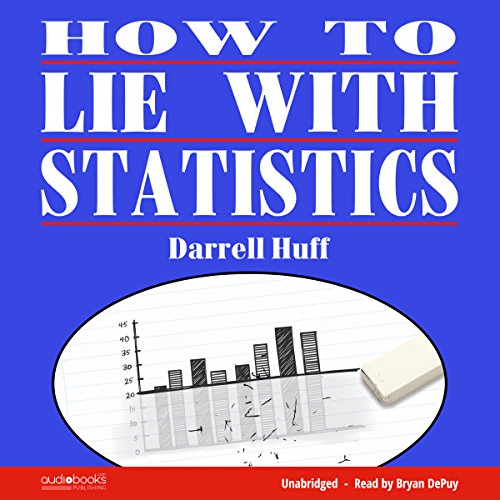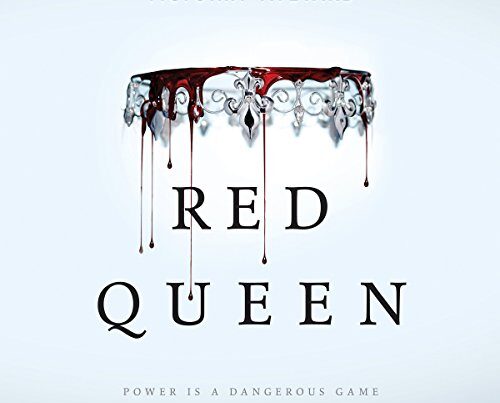Darrell Huff’s “How to Lie With Statistics” audiobook reveals how statistics can be manipulated to deceive. It serves as a critical guide to understanding statistical misrepresentation.
Darrell Huff’s “How to Lie With Statistics” audiobook is a compelling resource for anyone looking to sharpen their critical thinking. Huff masterfully dissects various methods used to distort statistical truths, making complex concepts easy to grasp. This audiobook is especially valuable for journalists, students, and professionals who rely on data.
It provides practical insights into recognizing misleading statistics in everyday life. Huff’s straightforward language and engaging examples make the content accessible and enjoyable. Understanding these statistical tricks empowers listeners to make more informed decisions. This audiobook remains relevant, offering timeless lessons on the power and pitfalls of statistics.
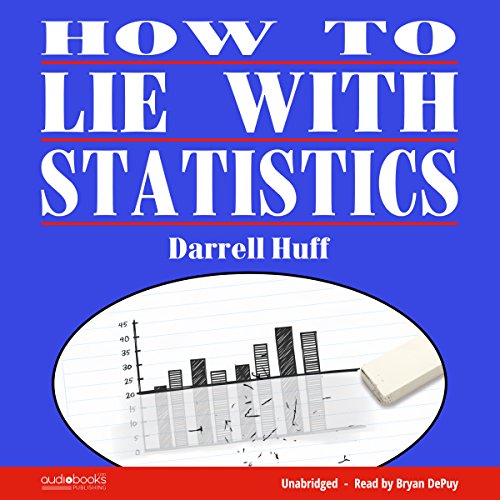
Introduction To Darrell Huff’s Classic
Darrell Huff’s book opened many eyes. It showed how statistics can mislead people. His work is a classic in its field.
Statistics are not always truthful. They can be twisted to show what someone wants. Huff explained these tricks simply.
Statistics are everywhere. They help us understand the world. Knowing how to read them is crucial.
Misleading statistics can lead to wrong decisions. Huff’s book teaches us to question data. This skill is very important.
Key Lessons From ‘how To Lie With Statistics’
Graphs can mislead people. Changing the scales can make small changes look big. Omitting labels on axes hides important details. Using different types of graphs can confuse viewers. Always check the scales and labels.
There are different types of averages: mean, median, and mode. Each tells a different story. Averages can hide the real data. For example, high incomes can skew the mean. Using the median can give a clearer picture.
Just because two things happen together doesn’t mean one caused the other. This is the difference between correlation and causation. Always look for other explanations. For example, ice cream sales and drowning rates may rise together, but one doesn’t cause the other.
Impacting Modern Data Interpretation
Darrell Huff’s book teaches how data can be twisted. Media often uses these tricks to shape opinions. Advertisements can mislead with cleverly presented statistics. Understanding these tactics helps people see the truth. Huff’s insights remain relevant today. His work is a guide against misleading information.
Schools use Huff’s book to teach critical thinking. Students learn to question data they see. This makes them smarter consumers of information. Teachers find it a useful tool for lessons. The book’s simple examples are easy for kids to grasp. It encourages a healthy skepticism towards numbers.
Ethics in statistics is vital. Huff’s work shows how numbers can be used honestly or dishonestly. Ethical use builds trust in data. Misuse creates doubt and confusion. Professionals must aim for clarity and truth. Huff’s book serves as a reminder of these values.
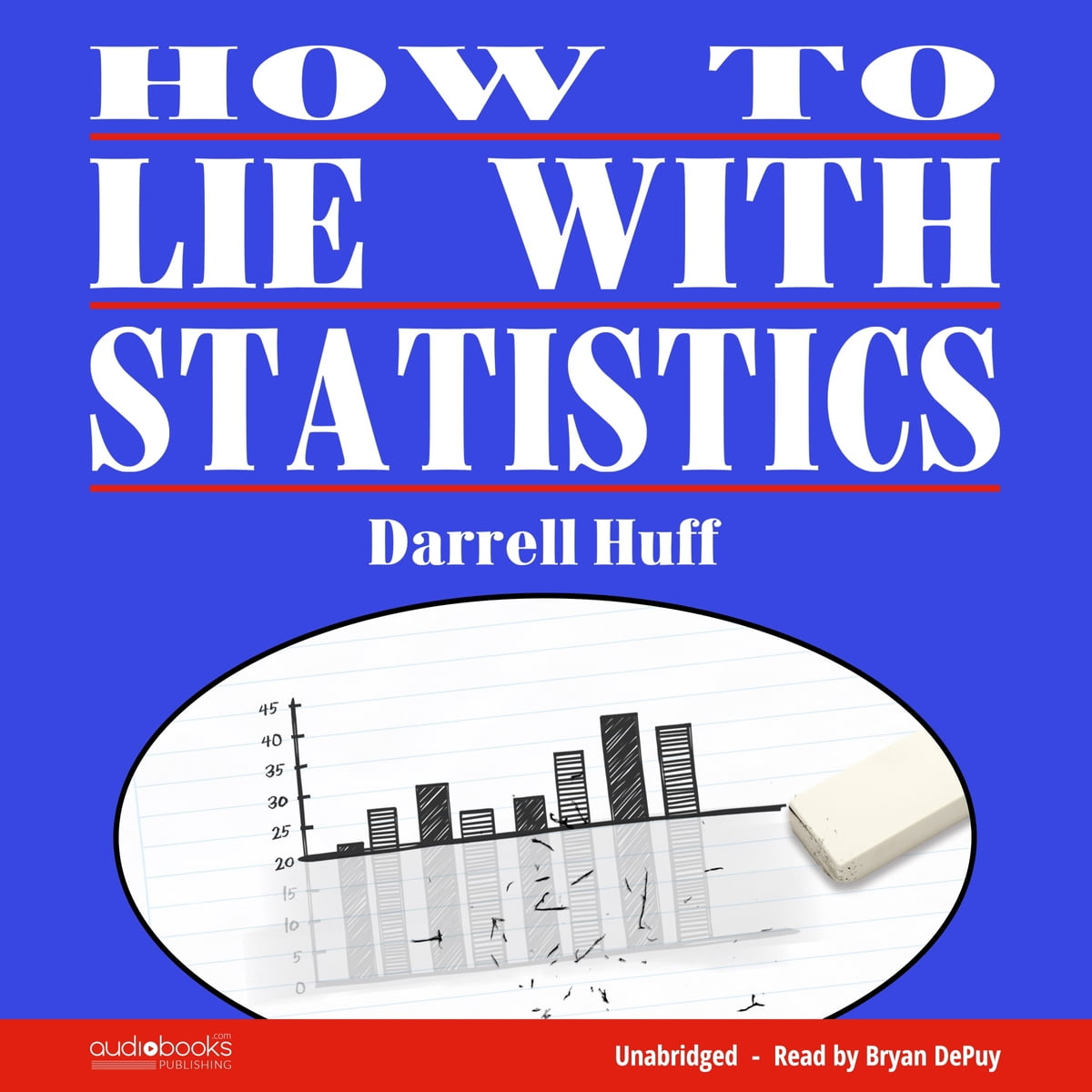
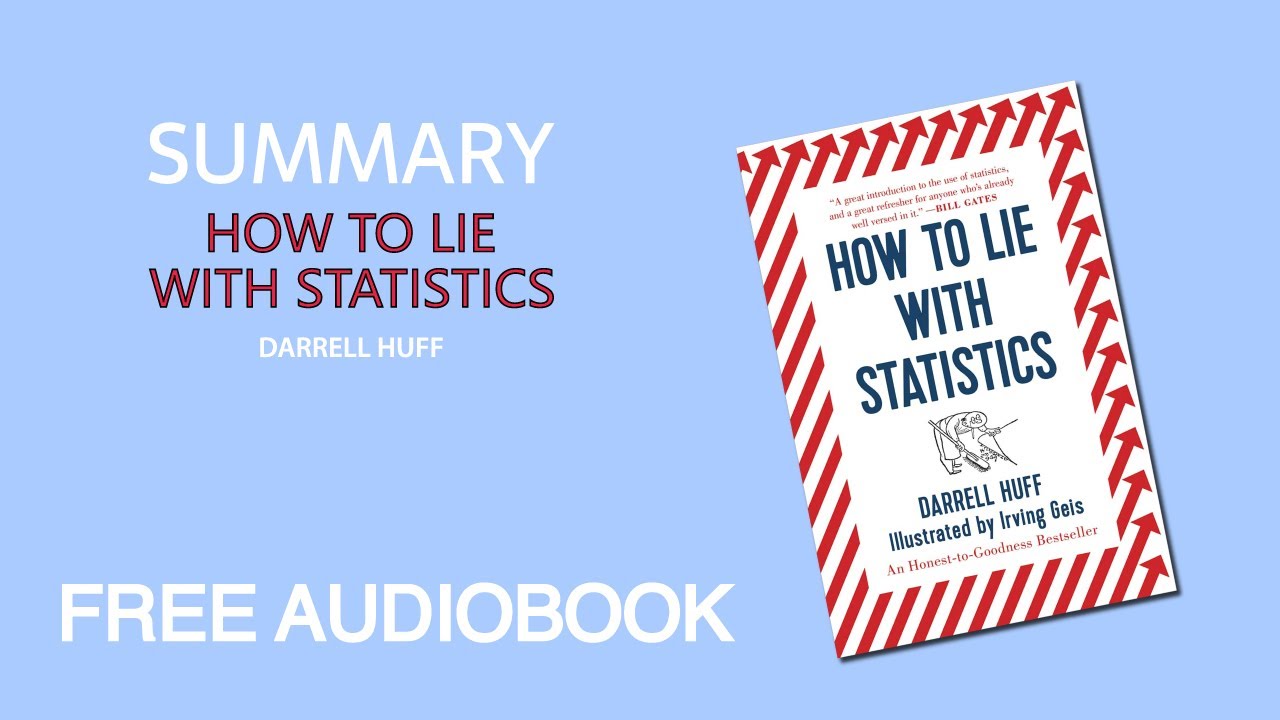
Conclusion
Darrell Huff’s “How to Lie with Statistics” audiobook reveals the deceptive side of data. Understanding these tactics empowers you to spot misleading statistics. Equip yourself with knowledge to make informed decisions. Listen to this insightful audiobook and enhance your critical thinking skills today.
